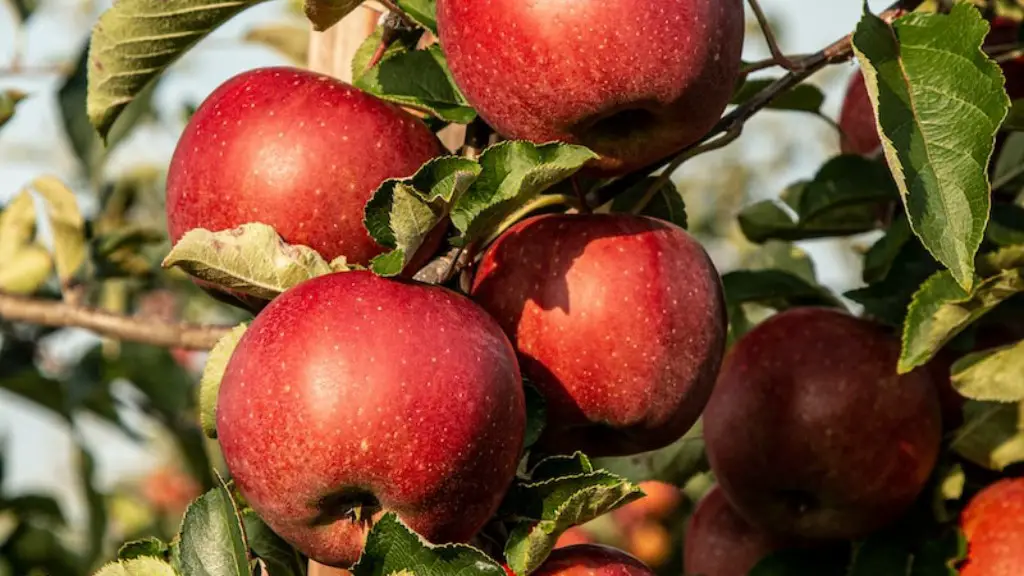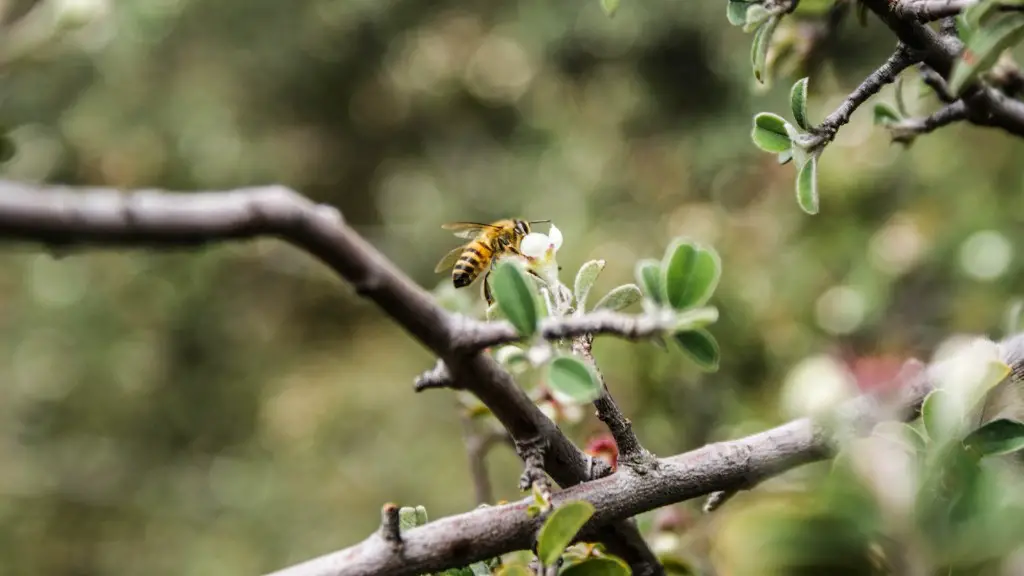It is not unusual for an apple tree to be in its growing phase before it produces an abundance of flowers. However, if an apple tree has not flowered, there are several potential causes that should be addressed. Firstly, inadequate sunlight can be a main contributor to lack of flowering. When an apple tree is planted in a location that does not receive enough natural sunlight, it will be unable to bloom. Secondly, a lack of quality soil can stunt the growth of an apple tree and can be a factor in a tree’s inability to flower. If there are not enough nutrients in the soil, the tree will not be able to support flowering.
Thirdly, a pruning issue could be why an apple tree isn’t flowering. If a tree is not pruned regularly and during the optimal season, it will not be as likely to flower. Fourthly, pest and disease problems also impact the flowering ability of an apple tree. If the tree is infected with a type of fungus or disease, it will not be able to support the blooms. Additionally, pests can damage the flowers and buds, so they will fail to bloom.
Finally, a lack of water can be the underlying cause of why the tree is not flowering. Even if an apple tree is receiving adequate sunlight and functioning with a high-quality soil, it will lack water, it will not be able to flourish and will not be able to flower. In order to encourage the apple tree to bloom, the underlying cause must be identified and removed.
Soil Quality
An apple tree’s soil quality is paramount for propagating successful flower blooms. Poor soil quality can be the primary reason an apple tree does not flower, as the tree is unable to obtain the essential nutrients it needs to flourish. To determine the soil quality, take a close look at the soil. It should have a dark and rich consistency, allowing the tree’s roots to obtain enough water, oxygen, and nutrients that the tree needs to grow. To help improve the soil quality, adding compost can provide vital nutrients and make the soil more nutrient rich. Similarly, adding fertilizer will help replenish the soil, aiding in the apple tree’s ability to flower.
Light Exposure
The light an apple tree obtains from its environment is paramount for successful flower blooms. Without enough natural sunlight, an apple tree will not be able to open its flowers and will not be able to reproduce. To determine if the apple tree is receiving enough natural light, carefully examine the surroundings of where the tree is planted. If the tree is in an area with shadows for much of the day, then the tree may not be receiving enough sun and should be relocated to a more suitable location.
Pest and Disease Control
Having a healthy apple tree is essential for propagating successful flower blooms. To help prevent the seedling and mature apple trees from pest and disease damage, regularly inspecting the trees for signs of pests and disease damage is crucial. If pests and diseases are spotted, try using organic pest and disease control remedies to help eliminate the problem. Additionally, introducing beneficial predators to the area can help reduce the population of pests around the apple trees, allowing flowers to grow and blossom.
Pruning
Pruning an apple tree is an essential practice for promoting successful flower blooms. Pruning helps improve the size, shape and overall health of the apple tree, making it easier for the tree to support new flower growth. If a tree has not been pruned for a long period of time, then pruning it can help its flowering ability. Ideally, a tree should be pruned during the dormant season of the year, to help shape and reduce the size of the tree, where necessary.
Watering
Watering is another essential practice for promoting successful flowering of an apple tree. A tree needs enough water to survive, and especially when it is in a phase of flowering. However, overwatering can be just as harmful to the tree as not enough. To water an apple tree correctly, water the tree slowly and deeply, taking time to make sure the entire root zone is moist. Maintaining soil moisture is important, as a dry tree will impact the apple tree’s ability to flower.
Fertilization
Fertilization helps increase soil nutrient value, aiding the tree’s ability to flower. If a soil test has revealed that the soil lacks essential nutrients, like nitrogen, phosphorus, and potassium, then adding fertilizer can help replenish these nutrients. Using a slow release fertilizer is ideal, as this will give the apple tree a steady dosage of the essential nutrient it needs, without the risk of over fertilization.



